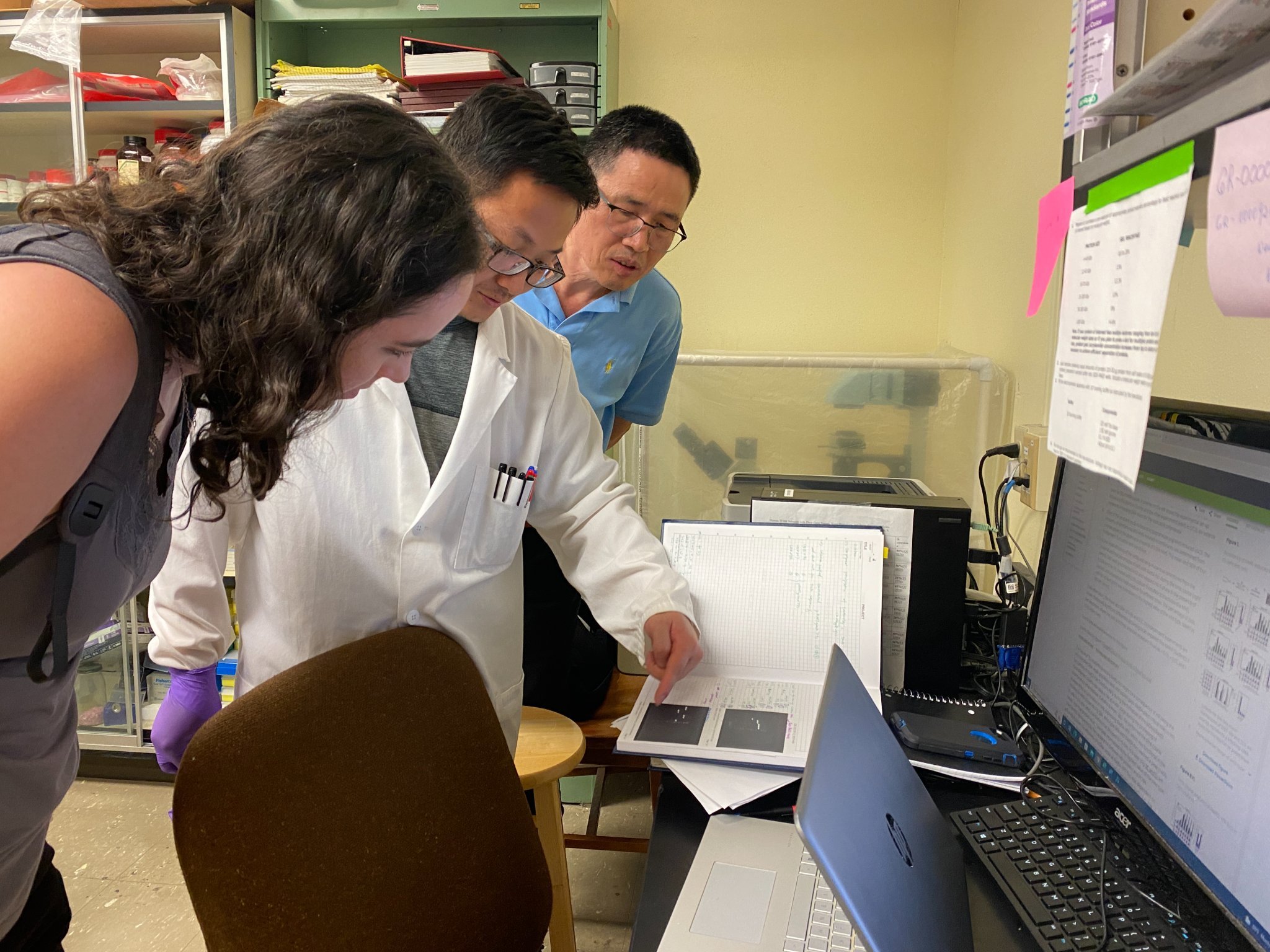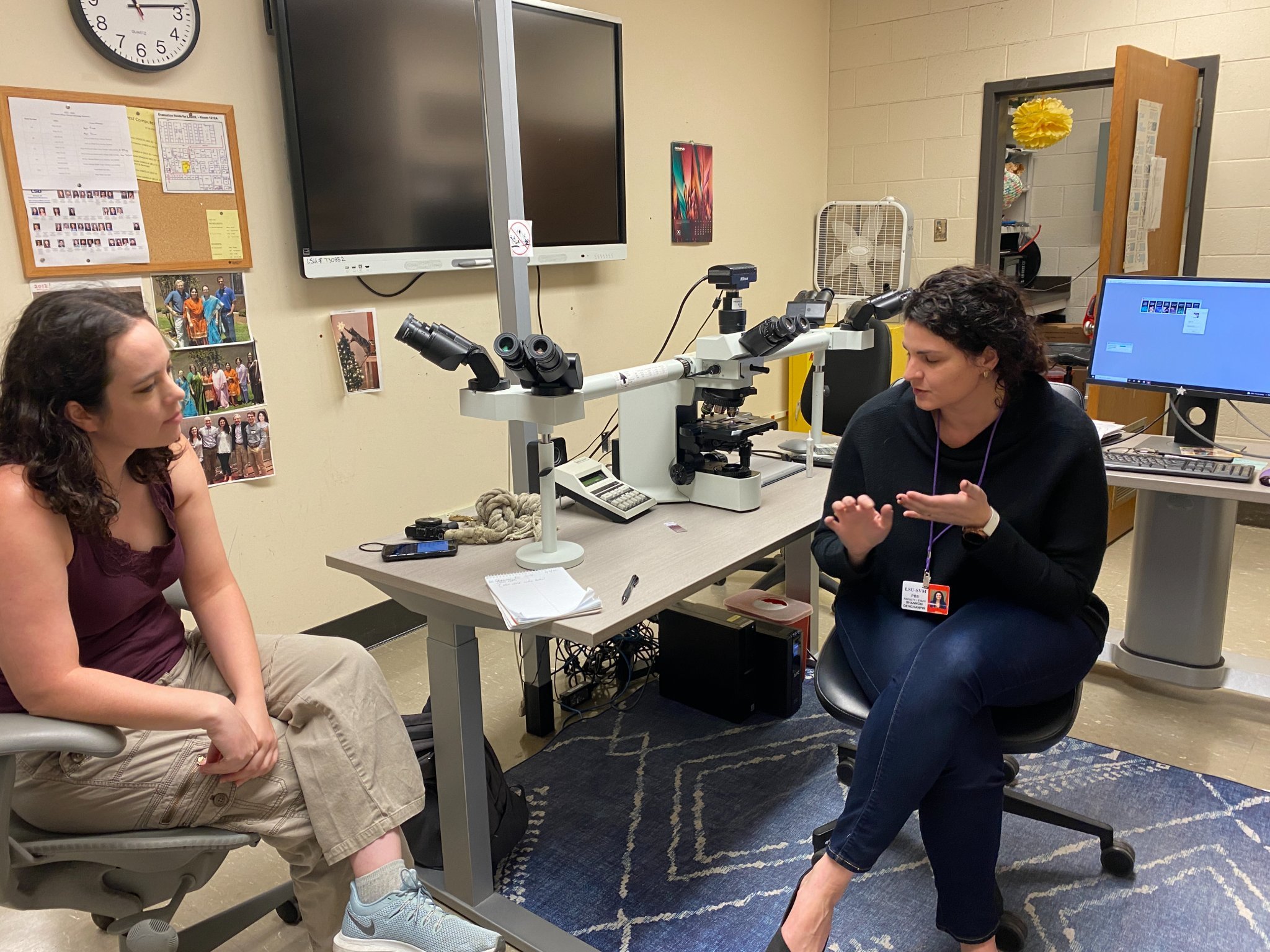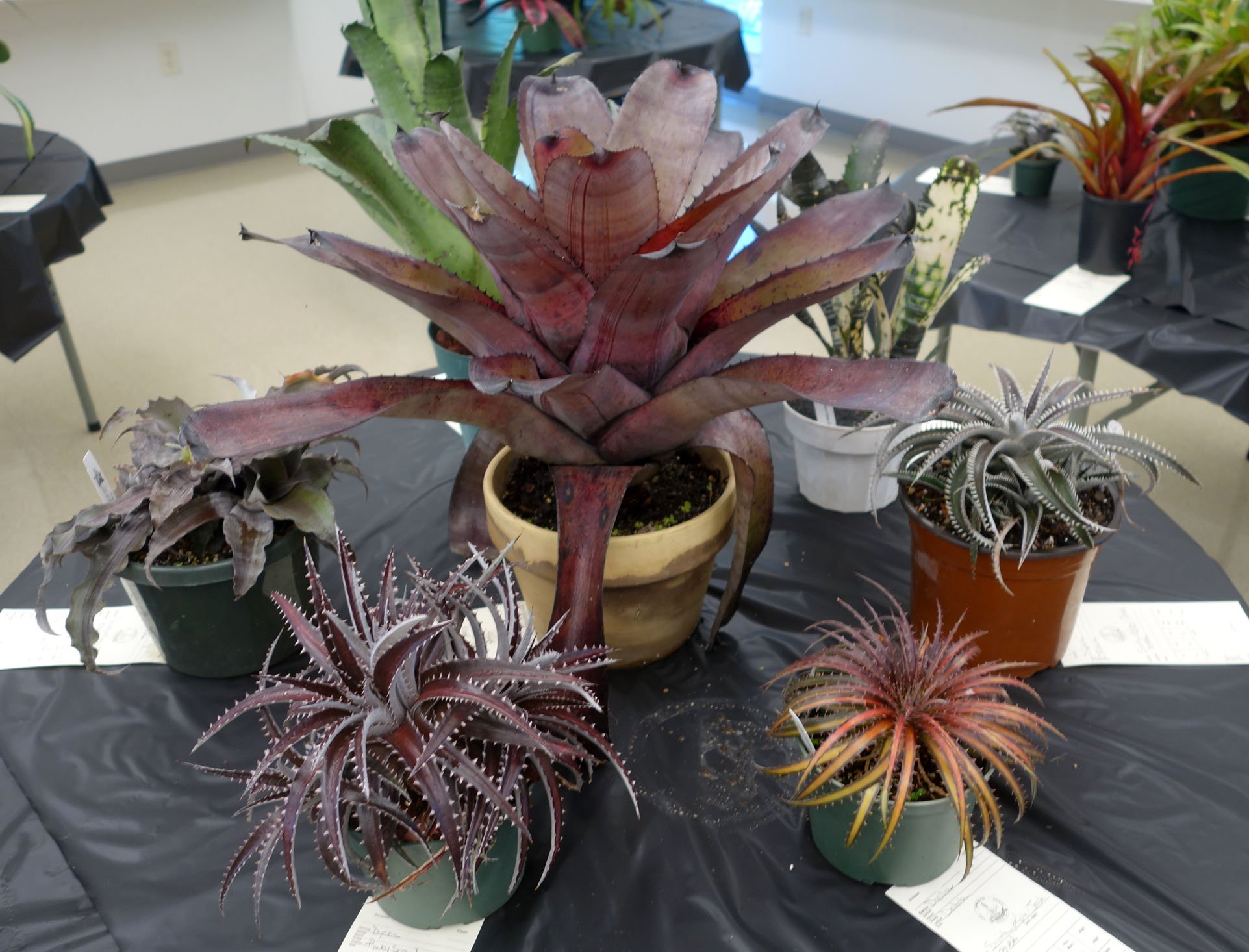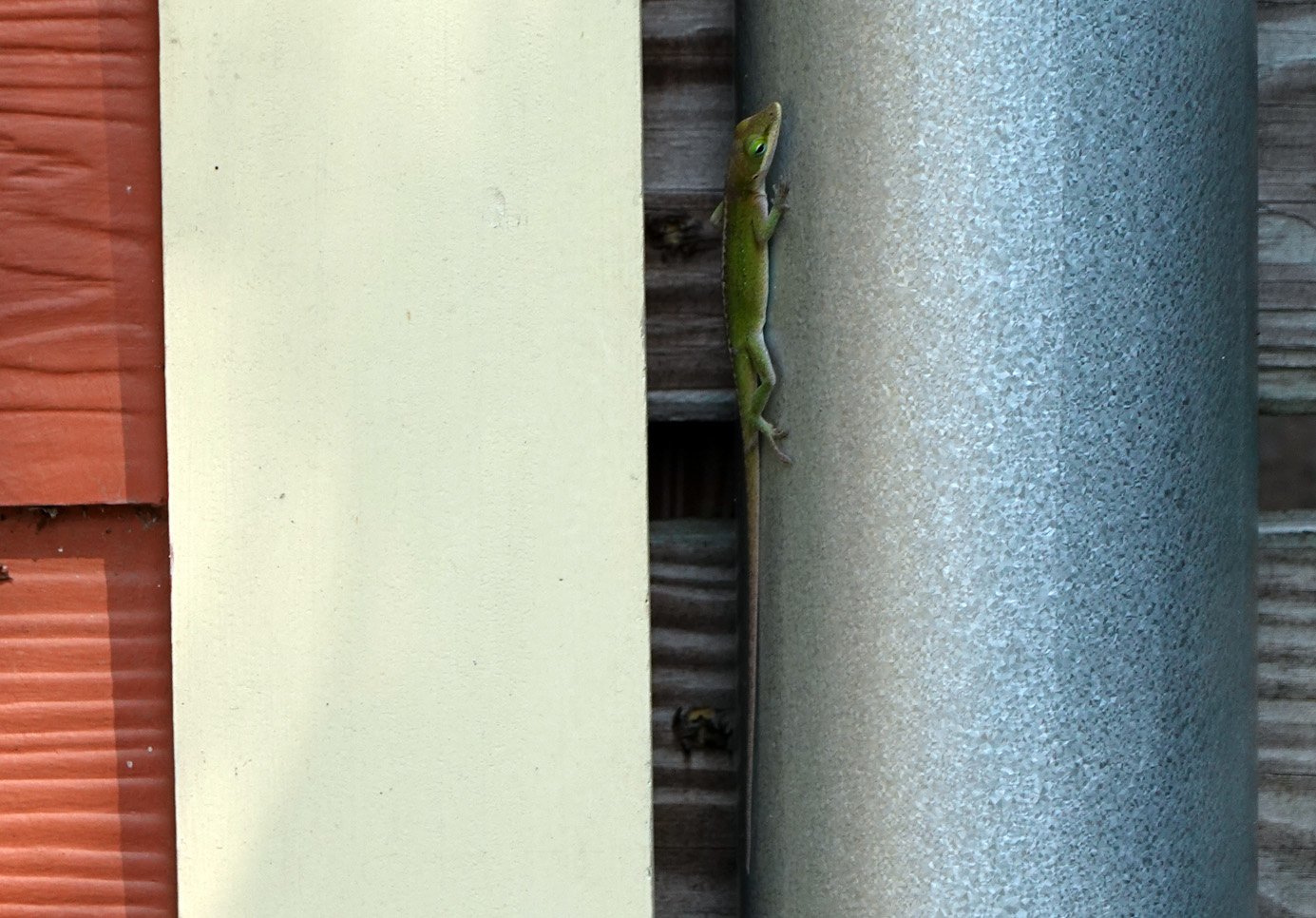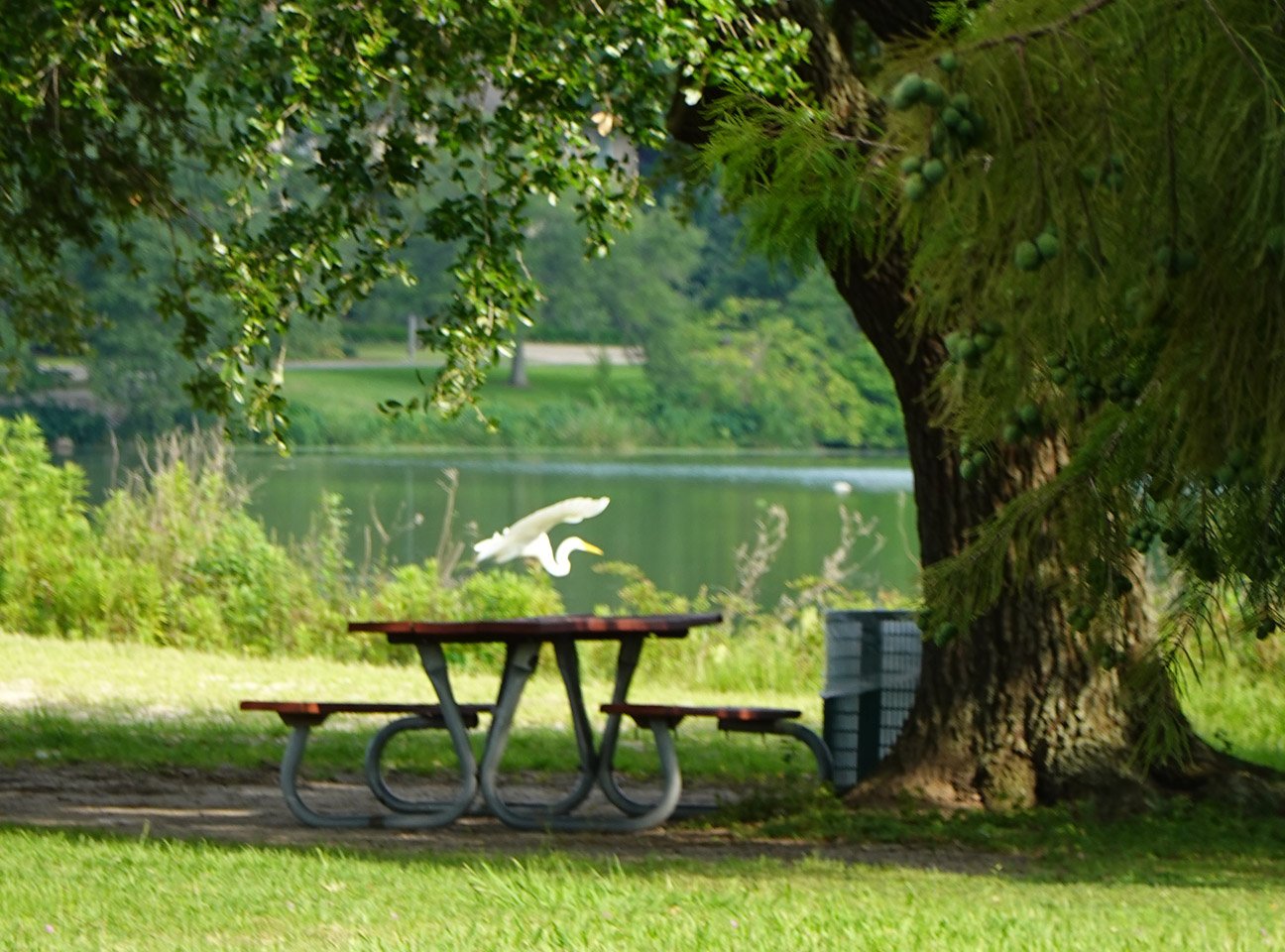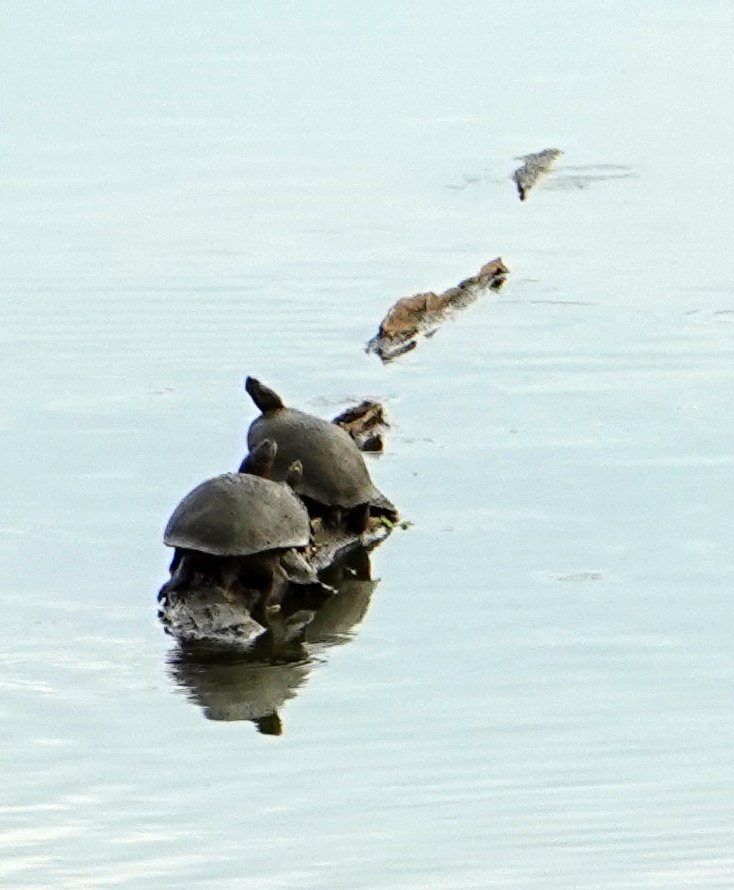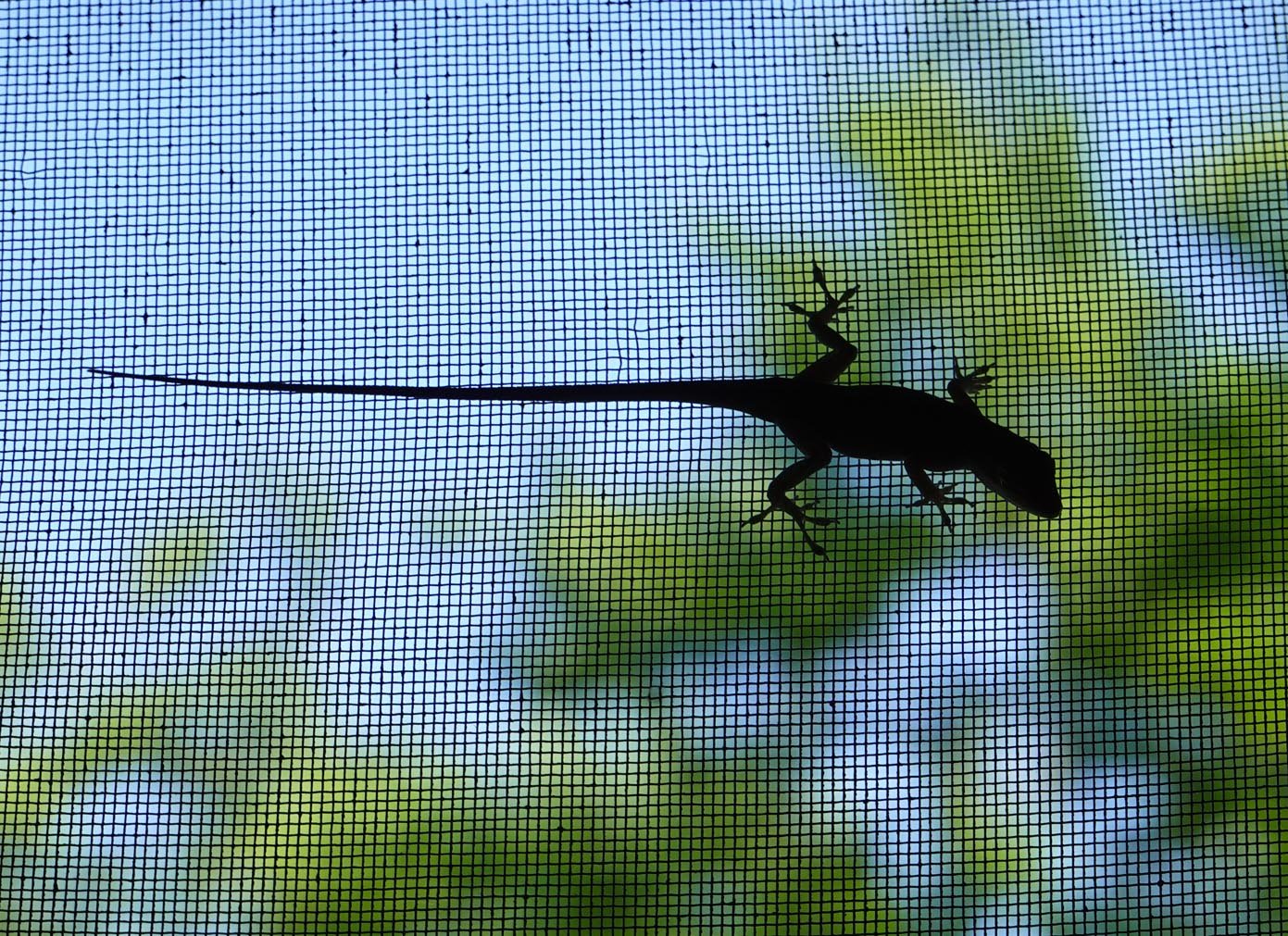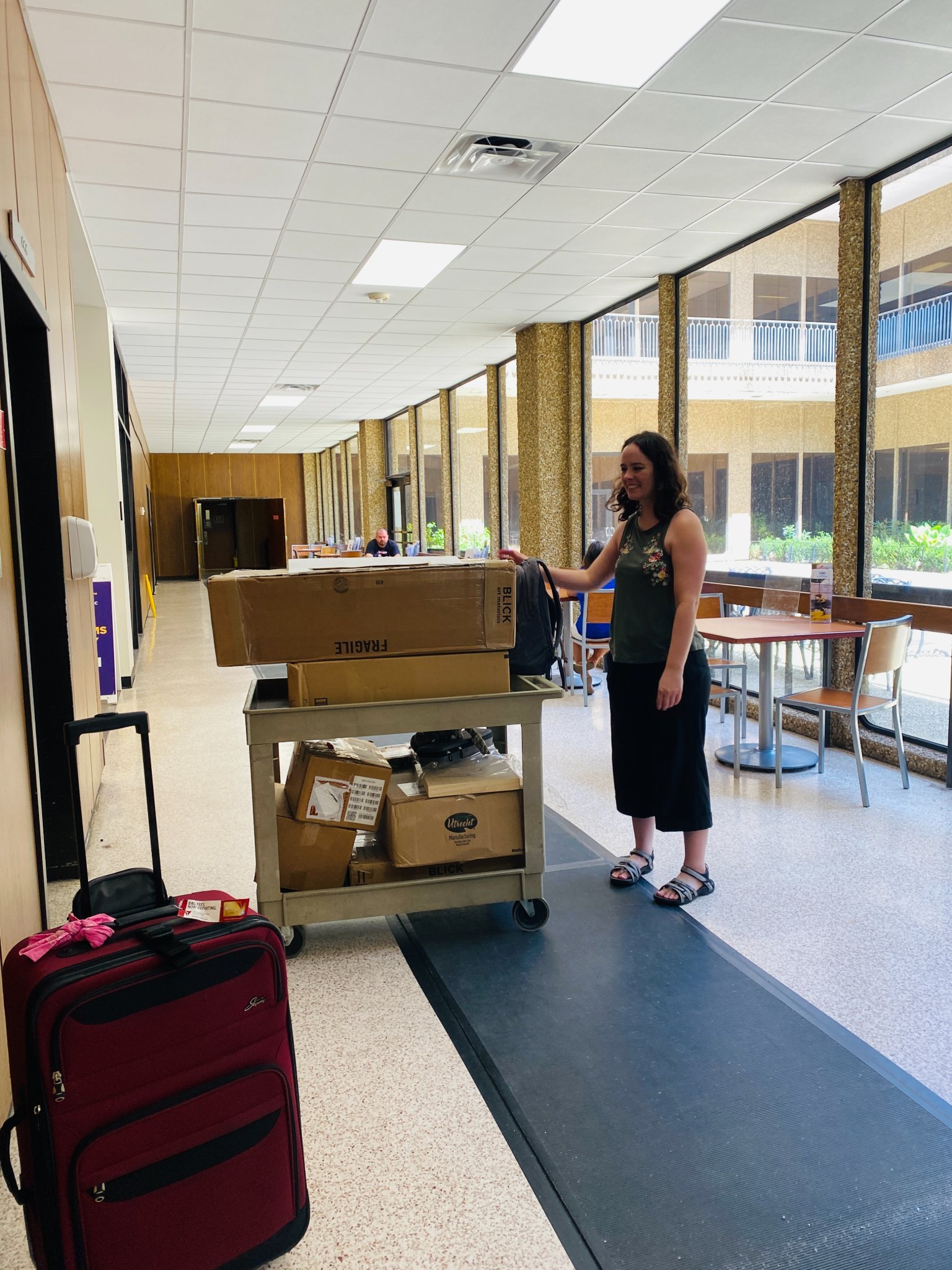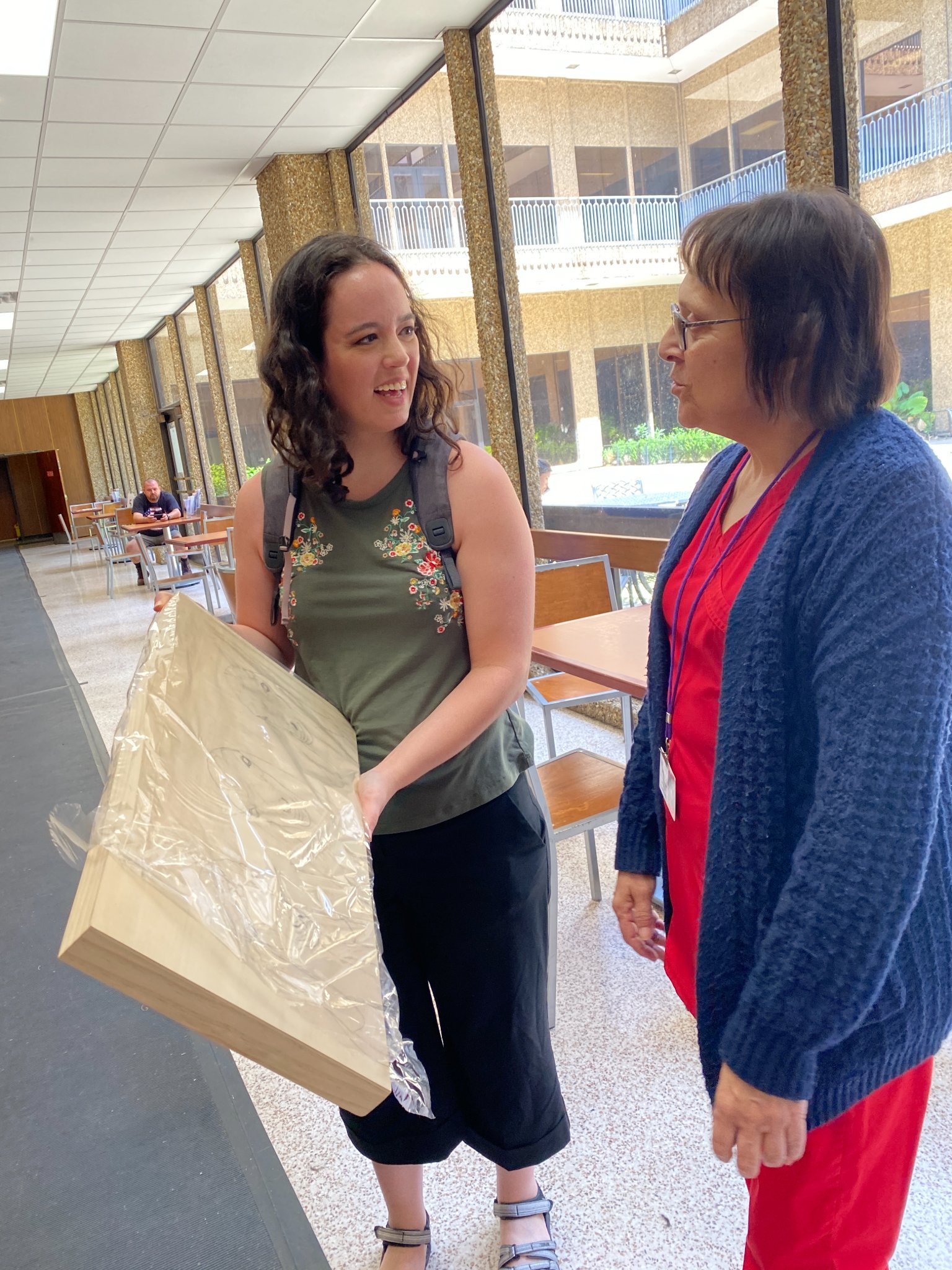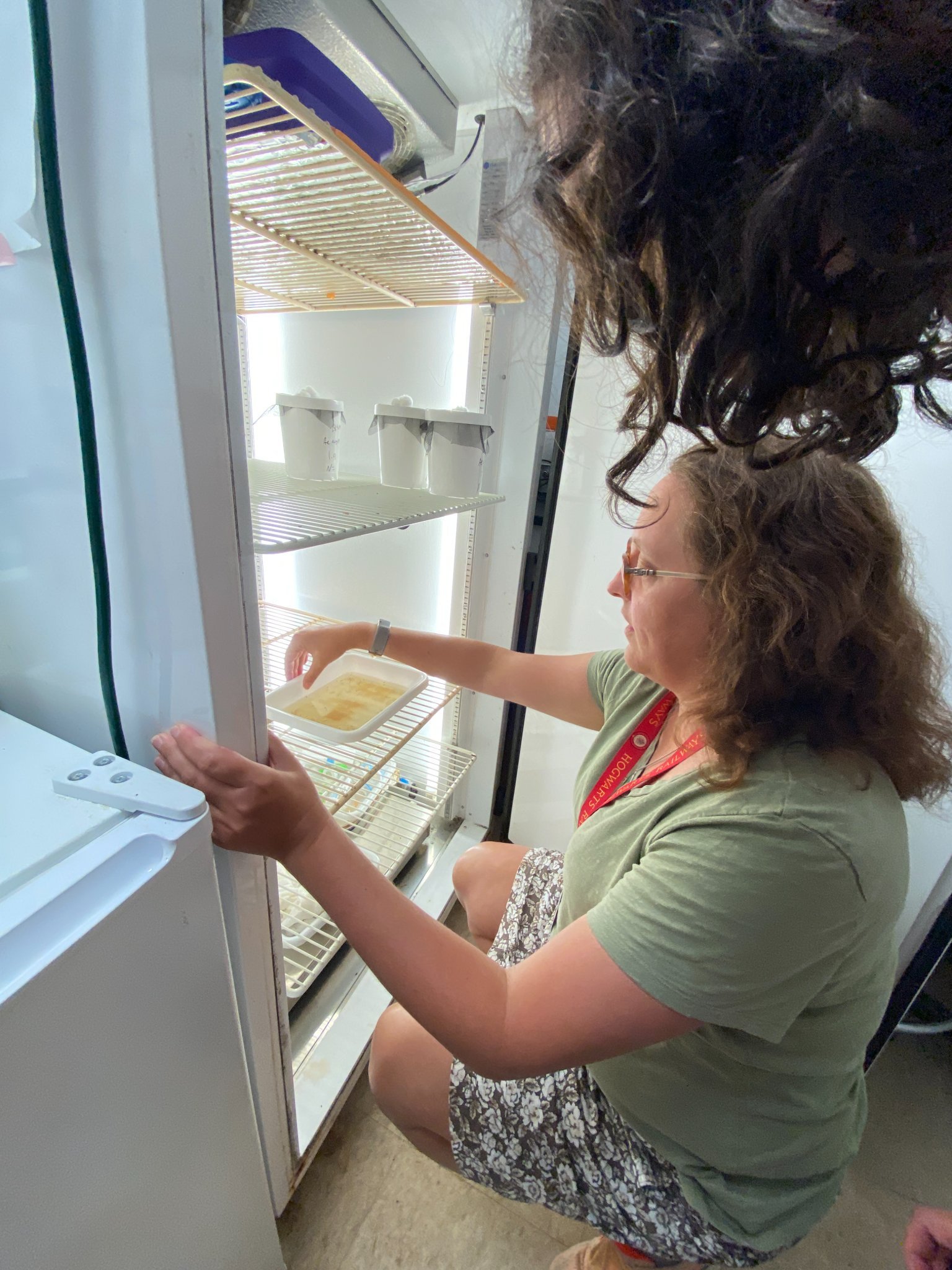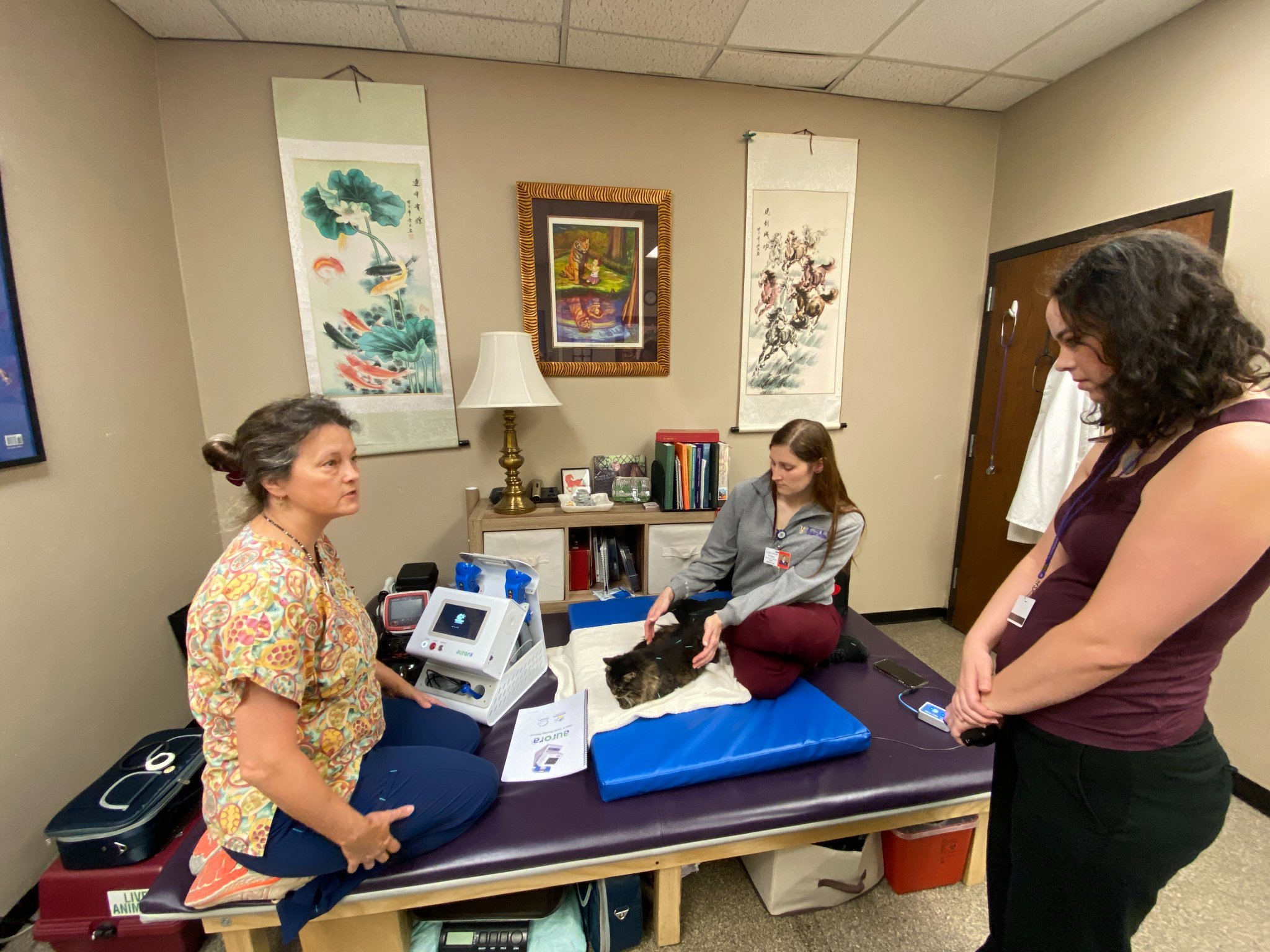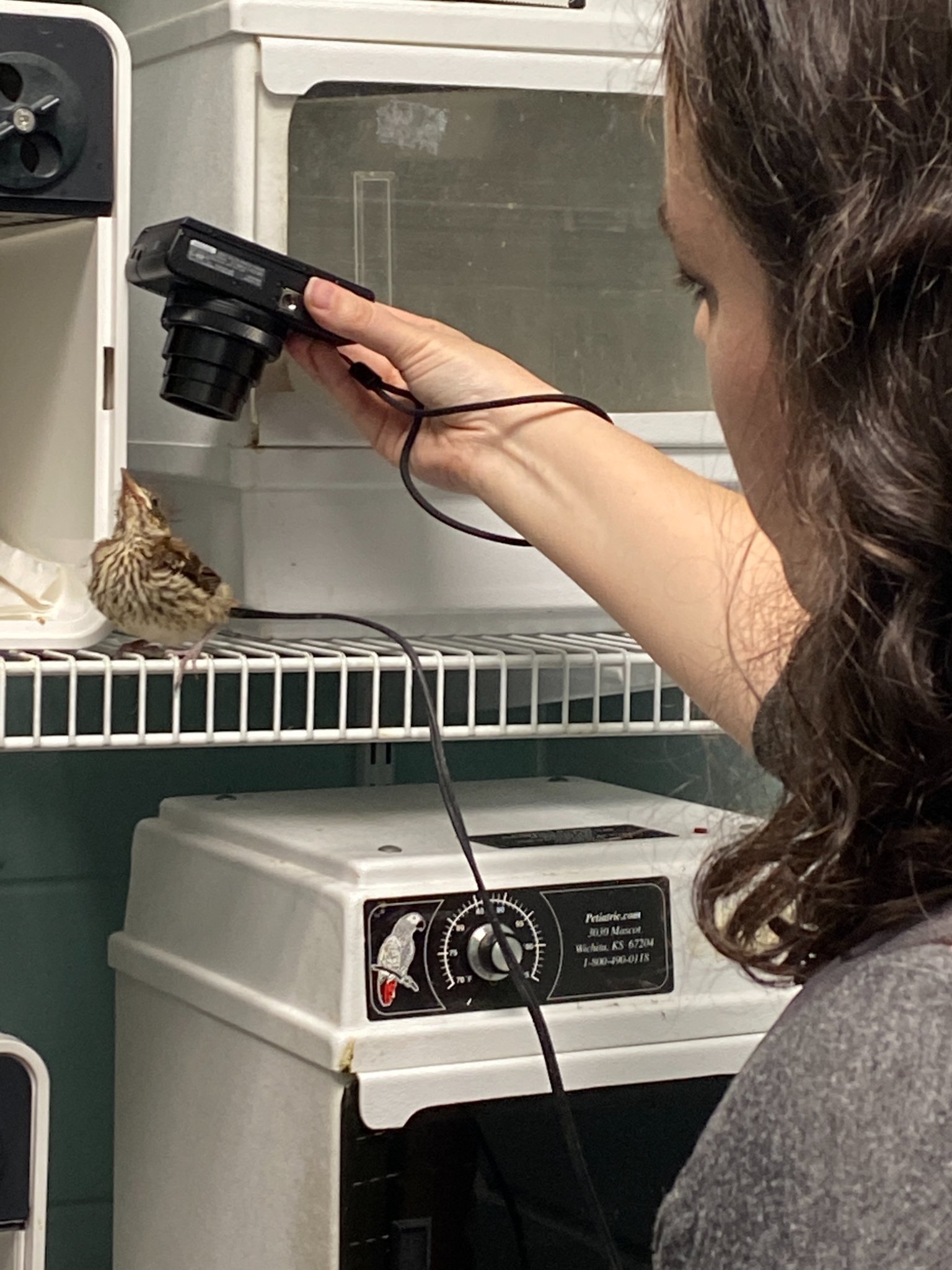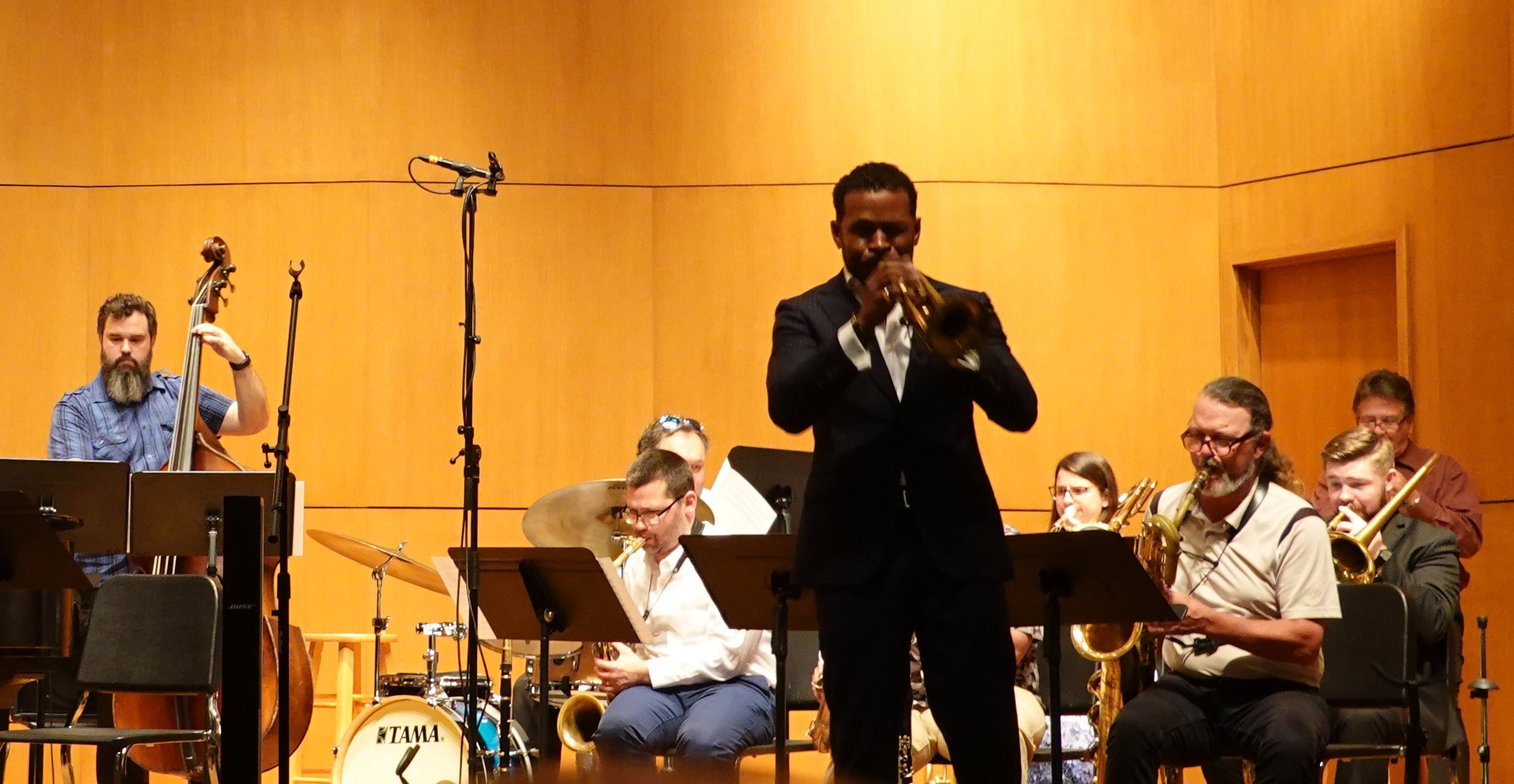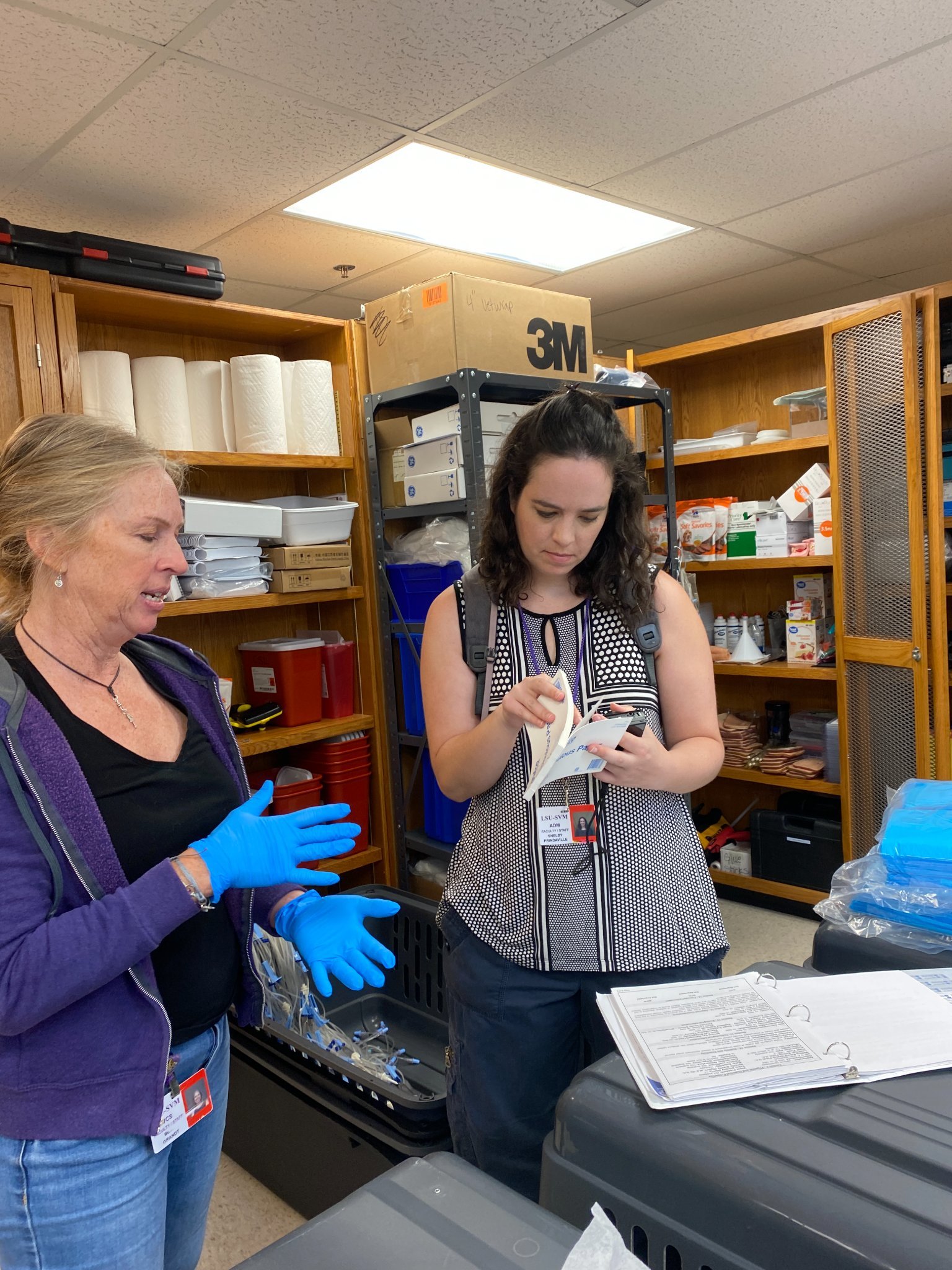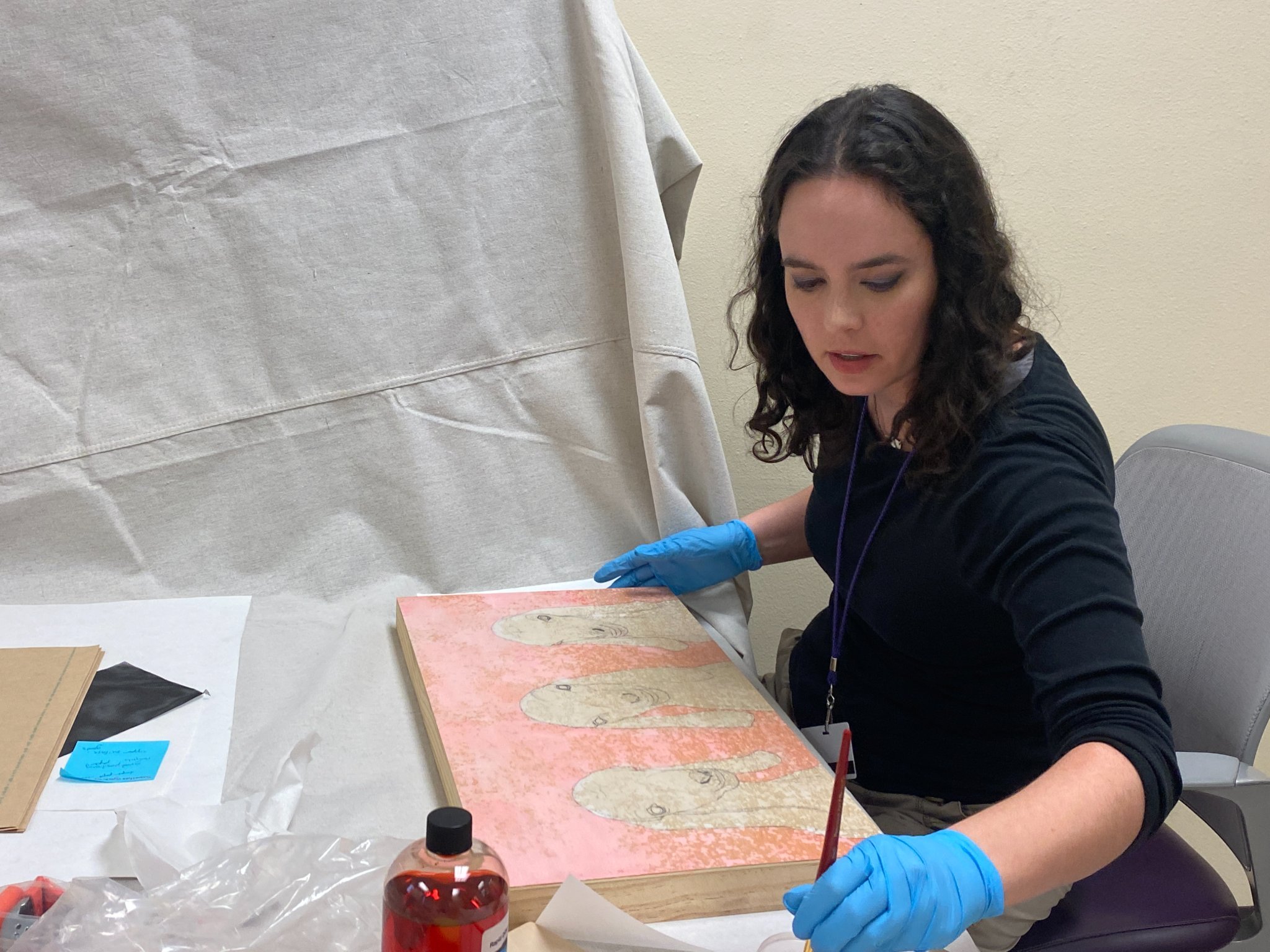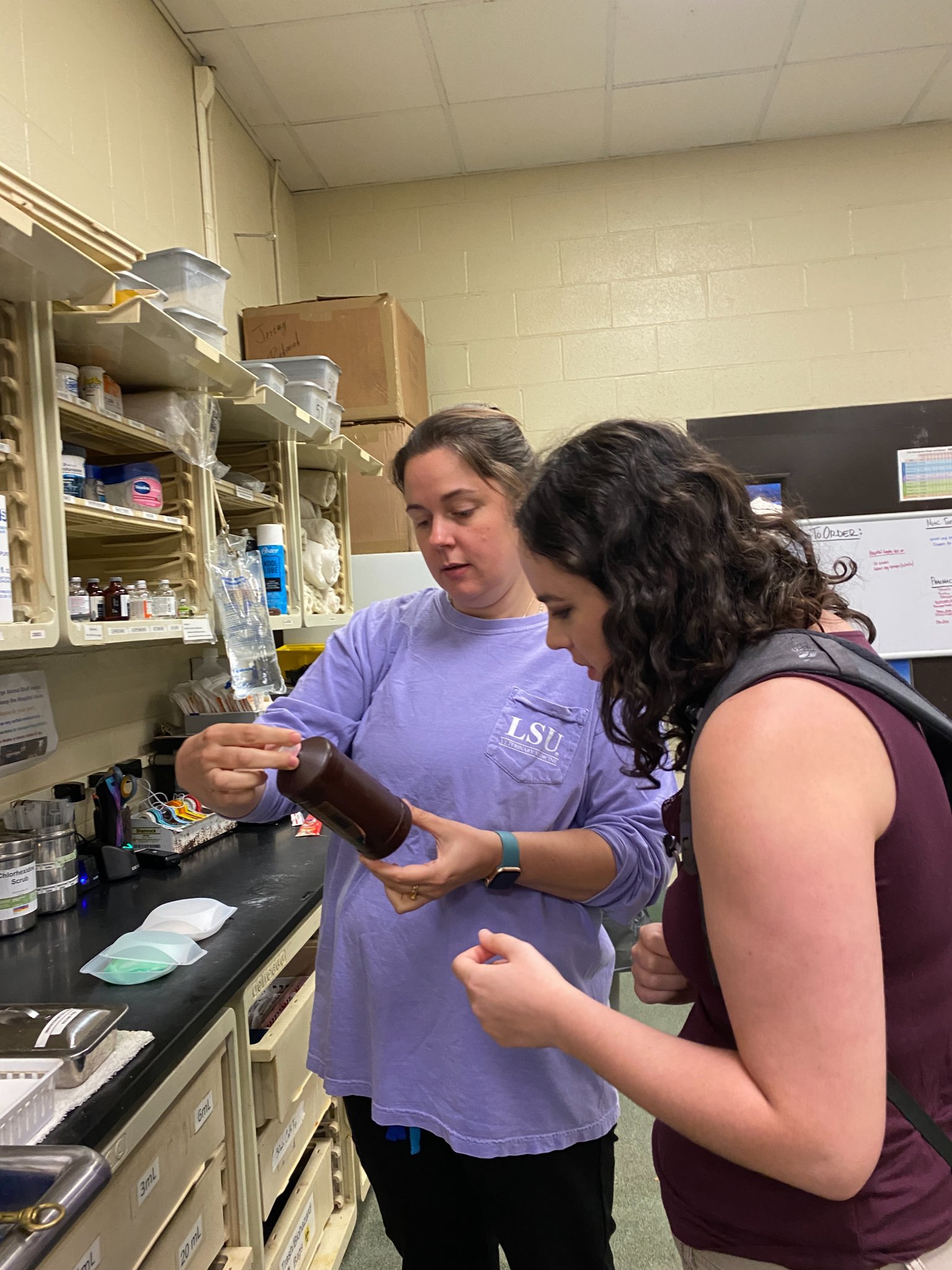I’m excited to share that I will be attending the Arts Itoya residency in Takeo, Japan this summer for a four-week stay! Morningside University has been very supportive, and has given me both a Morningside Experience Grant and Ver Steeg Faculty Scholarship funding to help me accomplish this exciting project.
I try to learn at least some of the local language for all of my residencies, with varying levels of success. I’m proficient in Spanish, which helped a lot with my learning some French and Portuguese for residencies; with my recent Greek residency I learned enough to say a few greetings and somewhat be able to read the Greek alphabet, which helped in finding destinations via signage. For this Japanese residency, I knew I was going with enough advanced notice to actually enroll in a Japanese I class at Morningside this fall, and have been continuing to study Japanese this spring via Duolingo and a couple other apps as well as watching a lot of anime.
Japanese is a tough language to learn! The US State Department has categorized languages in terms of difficulty for native English-language learners. Spanish is a category I language, requiring an average of 750 class hours to achieve general proficiency. Greek is a category III language, requiring an average of 1100 class hours. Japanese is in the highest category, IV, at 2200 class hours. The other category IV languages are Arabic, Cantonese, Mandarin, and Korean.
At this point, I’ve studied Japanese more than any other language besides Spanish, and I am nevertheless not conversant yet in it. I can pretty much only accomplish basic one-way communication - me asking where the restrooms are, or saying that I am vegetarian - and very limited reading (I can read hiragana and katakana, but only know maybe 100 kanji). I can type it, but handwriting without looking at reference syllabaries is also not really within my capacity.
All that being said, this investment in learning as much of the language as I can ahead of time has already led to my giving a short speech fully in Japanese to our visiting Yamanashi City sister city delegation this fall, and has deeply enriched my knowledge of the culture and ecology of Japan. Several of my students have also gotten a kick out of being a classmate of mine! 私はこのなつ日本に行きます。たのしみです。
